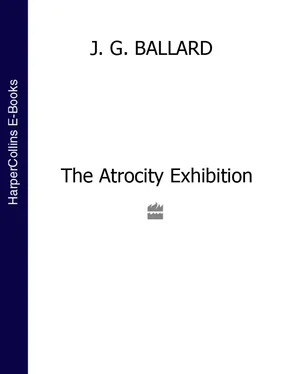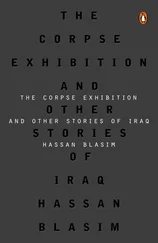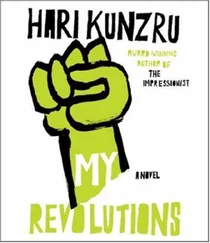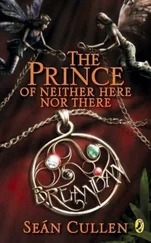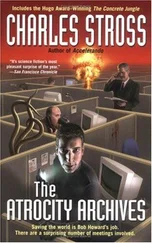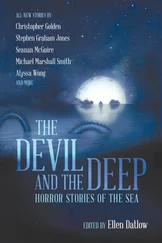Immensely magnified portion of James Dean subsequently committed suicide. Conception content relates to sexual depths of the hardest minds. Eichmann in drag in a waste lot of wrecked porous rock.
INTRODUCTION BY HARI KUNZRU
In 1966 New Worlds , a British science fiction magazine edited by the writer Michael Moorcock, published a ‘condensed novel’ by J. G. Ballard titled ‘The Assassination Weapon’. Moorcock was, he remembers, ‘delighted’ to receive Ballard’s copy. ‘It was exactly what I’d been looking for and I demanded more. He complained I was making his eyes bleed, turning them out. For me it was exemplary, a flag to wave for authors and readers … I’d been nagging Jimmy to develop stories he’d mapped out on his walls in Letraset and type cut out of copies of Chemistry and Industry (they were all over his living room) and ‘The Assassination Weapon’ delivered far more than I’d hoped for.’ Later that same year New Worlds published ‘The Atrocity Exhibition’, which in 1970 would become the title story of Ballard’s most notorious book.
Under Moorcock, New Worlds was at the forefront of science fiction’s so-called ‘new wave’. In the golden age of the thirties and forties, SF had been a genre of ray guns and robots, focused on the frontiers opened up by science and technology. It was muscular, optimistic, often aggressive, its heroes exploring space and colonizing planets with an almost nineteenth-century vigour. Moorcock’s polemic editorials repositioned the genre as a speculative avant-garde, a venue for a more anxious and subversive style of imagination. Ballard’s experimental fictions share a set of preoccupations – the media, sex, war, altered states of consciousness, the troubling nature of political and religious authority – with other new wave writers like Samuel Delaney, Thomas M. Disch, Norman Spinrad and Philip K. Dick, all of whom were published in the magazine.
Ballard’s other main supporter in this period was Ambit , the tiny but influential literary journal run by London paediatrician Martin Bax. Also in 1966 Bax published ‘You: Coma: Marilyn Monroe’ and ‘The Assassination of John Fitzgerald Kennedy Considered as a Downhill Motor Race’. The following year Ballard became Ambit ’s prose editor, bringing in the artist Eduardo Paolozzi (as Moorcock did at New Worlds ) to produce a series of collages and visual essays that echoed Ballard’s own obsessions. Looking at the contributor lists for these very different magazines we see on the one hand Ballard alongside major SF writers like Brian Aldiss and M. John Harrison and on the other, literary modernists like Ann Quin, Peter Porter and B. S. Johnson. The fact that Ballard was present in both these milieux was a sign that certain rigorously policed borders in British culture were beginning to crumble. However, neither New Worlds nor Ambit was in any sense the ‘mainstream’. Ironically, there is a publisher’s advertisement on the back of Ambit 29 (cover: pop art Kennedy in racing goggles) promoting Anthony Powell, Paul Scott, J. B. Priestley and Noël Coward, alongside a biography of Winston Churchill. Against this pale background, Ballard’s provocations were profoundly shocking.
A friend of the Kennedy family, Randolph Churchill (whose biography of his father Heinemann were promoting on that Ambit back cover) was outraged to discover that some SF hack had been taking satirical liberties with the memory of the President, assassinated less than three years previously. Churchill attempted to have Ambit ’s Arts Council grant cut off, but that was as far as his influence went. Things got more serious in 1968 when Brighton’s Unicorn Bookshop decided to print a pamphlet edition of ‘Why I Want to Fuck Ronald Reagan’. There was a police raid and Unicorn’s proprietor, Bill Butler, found himself in court on obscenity charges. When interviewed as a possible defense witness, Ballard reportedly disqualified himself by explaining that he too considered his story obscene, that it was in fact intended to be obscene. Butler’s barrister called poet and radio producer George MacBeth instead, who gamely claimed to be prepared to broadcast an audio version on the BBC. Besides Ballard’s tale, the other offending articles seized in the raid were mostly American – a play by Tuli Kupferberg titled ‘FuckNam’, copies of Oz and The Evergreen Review and work by Burroughs, Ginsberg, Jean Giorno and Herbert Huncke. Butler, who’d previously run Better Books, Britain’s main conduit for American Beat writing, had a lot of support, but still he was convicted, fined £400 and ordered to pay costs. Despite this legal trouble, in 1970 the American publisher Doubleday agreed to print an edition of Ballard’s ‘condensed novels’ under the title The Atrocity Exhibition. Marc Haefele, a young Doubleday editor at the time, remembers that a few weeks before publication, John Sargent, the company president and another friend of Jackie Kennedy, was touring a company warehouse in Virginia when the book was drawn to his attention. On the spot, he gave the order to pulp the entire print run. A British edition went ahead, but it wasn’t until 1972 that an American edition was published, under the title Love and Napalm: Export USA.
Whatever the guardians of public morality found so hard to stomach about The Atrocity Exhibition , it was surely more than dirty words and lèse-majesté. The novel presents fragments or avatars of a traumatized man, variously named Travis, Travers, Traven, Talbot or Talbert, who is conducting some kind of spun-out scientific experiment, which also takes the form of a lecture or media spectacle. Traven is both a researcher and an experimental subject or patient in an institution where white-coated medical science has become contaminated by other things: pornography, celebrity, the imminence of violent disaster. He is observed by one Dr Nathan and has a highly-fetishized sexual relationship with Karen Novotny or Catherine Austin or Coma, names for a blank, damaged woman who often seems to be constructed from fragments of female celebrities – Jackie Kennedy, Elizabeth Taylor, Marilyn Monroe. The Atrocity Exhibition visits terrible violence on these female celebrity bodies, in the form of plane and car crashes, nuclear fallout, disasters of all kinds. Ronald Reagan and the car safety campaigner Ralph Nader get the same treatment. The book’s obscenity, the reason it still has the potential to shock, is a function of its objectivity. It is clinical when, for decency’s sake, it ought to feign emotion. It looks on our sacred treasures, our culture’s real sacred treasures – the imaginary bodies of famous people – and responds with all the violence and lust and revulsion that the healthy well-adjusted citizen suppresses. Decency is what separates rational economic actors, dutifully maximizing their personal benefit, from the racaille , from scum. It is the source of order. Ballard’s fictional refusal of it was – and remains – a threat.
Each section of The Atrocity Exhibition is a flight over the same apocalyptic landscape, a landscape which is also the human body, observed with a clinician’s eye as it undergoes trauma, as it is anatomized, penetrated, cut and crushed and humiliated, scorched and fucked. This body-landscape is also an image of itself, a mass-media projection made up of Hollywood movies and pornography and news footage of the Vietnam War. Living in the shadow of disaster, Travers is an exemplary modern subject. The only difference between him and the average suburbanite is that he doesn’t disguise his abjection. He is a burnt-out case, a celebrity stalker, a kind of psychological crash-test dummy with a detached professional interest in the brick wall that’s about to make contact with his skull. He may, of course, also be insane.
Читать дальше
